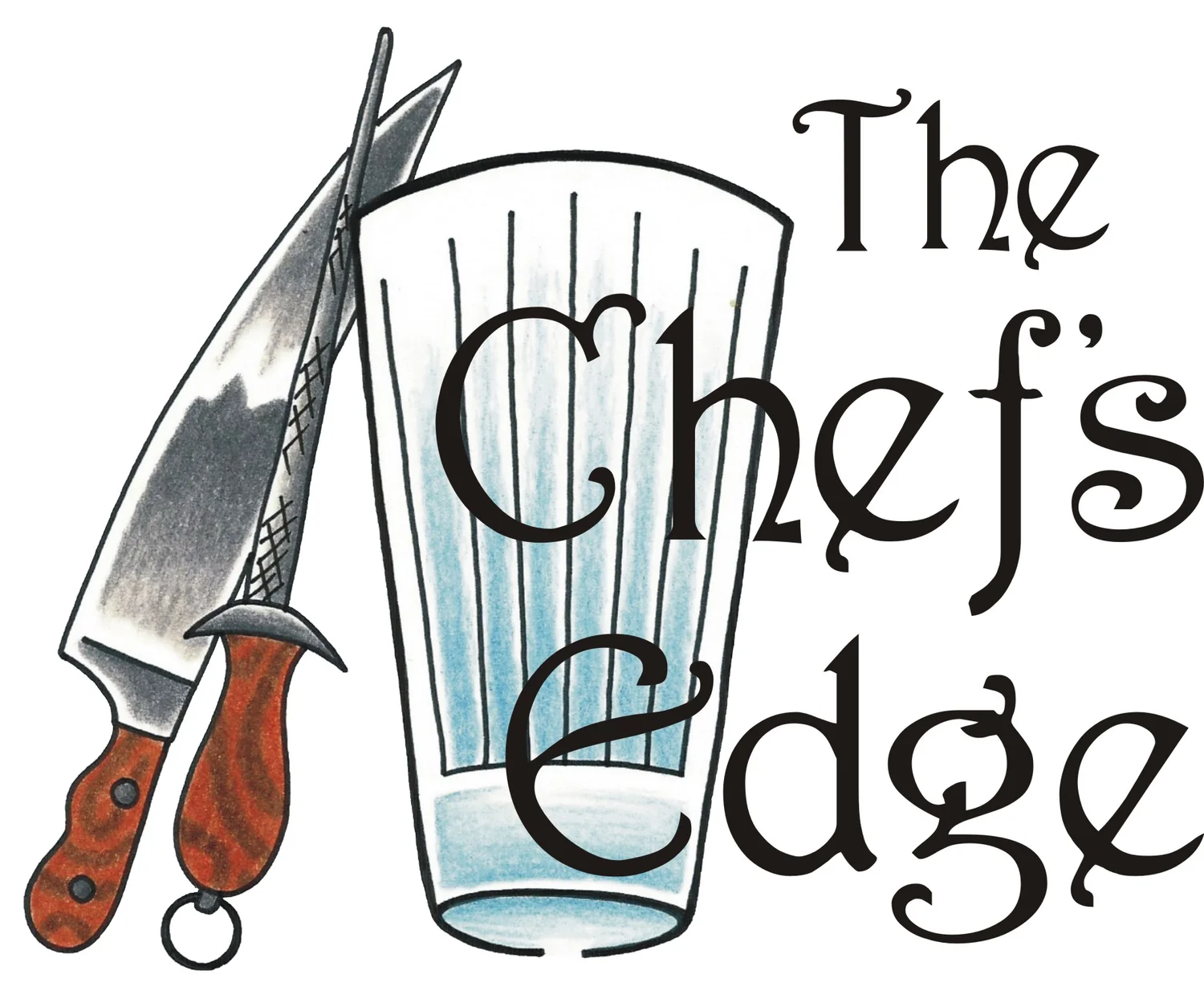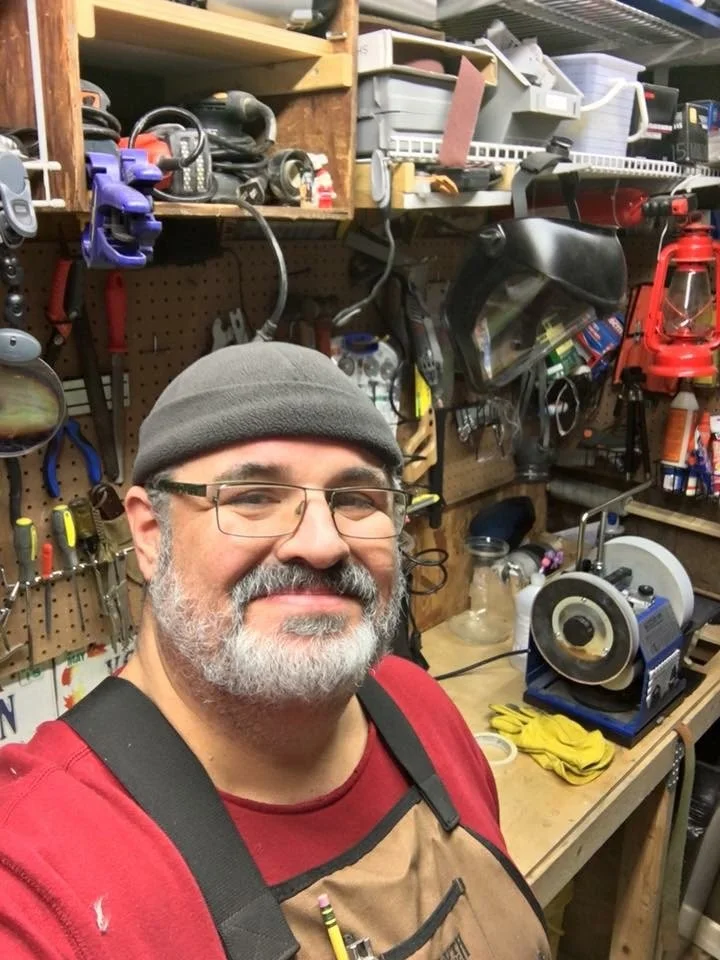Some of my fondest memories in high school were when we learned to sharpen knives and were finally able to do it on our own. I was 15 years old when I learned how to sharpen a knife for the first time. My teacher, Chef Dominic, was a phenomenal Chef and teacher. He really influenced my career path and to this day I think of him often.
As a “savvy” 15 year old I realized knife sharpening was something I could do on my own. I had control. It was going to be done the way I wanted it. If I wanted to sharpen the blade to a 20° angle, I could; if I wanted to sharpen it to an 18° angle, I could. Depending on what kind of knife I used, a couple of degrees made a big difference when slicing product. These are the discoveries that fostered my passion for knife sharpening.
Sharpening has held a constant presence in my professional career. It’s a skill I’ve enjoyed using, not just for me but for colleagues, friends, and family. For extra cash, I sharpened knives for fellow students and staff while I attended the Culinary Institute of America, Hyde Park, NY. I certainly had a steady stream of customers. After graduation I was asked to stay as a Fellow. During this time as the Poissonnier (fish kitchen fellow) one of the classes I taught was Knife Sharpening.
Being an established Chef for over 33 years. To say that this is something I enjoy is an understatement… I love it!
I started using Japanese whetstones about 15 years ago and have found the edge they create to be superior to almost any other tool I use. I have used Arkansas oilstones throughout my entire career. The edge that you can produce with these particular stones is what I call a “working chef’s edge.” The Japanese stones require a much larger dedicated workspace. The oilstones don’t and travel well in my Knife Kit.
I was underwhelmed when I first started using the Razor Sharp system. To better accustom myself to it, I set aside a machine just for that system. I worked with a few really dull old knives and would purposefully dull the blades in between sharpening sessions. I would even ask my wife to use them when cutting flowers and vegetables in the garden. By doing so I have come to like and understand the idiosyncrasies of the system. I can now use it to my advantage to create razor sharp edges.
Then I found the Tormek T-7…. a little pricey… but you know the old saying “you get what you pay for.” Knowing what I know now, I would gladly pay 3-4 times what I paid for it. The T-7 has inspired my business to start taxiing down the runway; I’m now poised to and have the clearance to take off. I will be piloting the T-7 on most of my adventures. It is portable, easy to set up, efficient, and REALLY fun to use. I can sharpen a wide variety of items from lawnmower blades to strait razors - and a slew of garden tools in-between.
My wife asked me, “Where did this passion for the art of sharpening steel come from?”The only answer I can give her is that much like with cooking, I am driven to achieve it at a high level. This is not meant to sound boastful – rather, I seek the instant gratification that comes with making someone happy with my skills. When I sharpen a knife and hand over the blade to the customer, I love seeing the look on his or her face. For some, it is the look of “I have never felt a professionally sharpened knife before! This is awesome!”
That’s my story, my passion, and my muse. I strive to attain the perfect edge every time I pick up “THE STEEL!”


